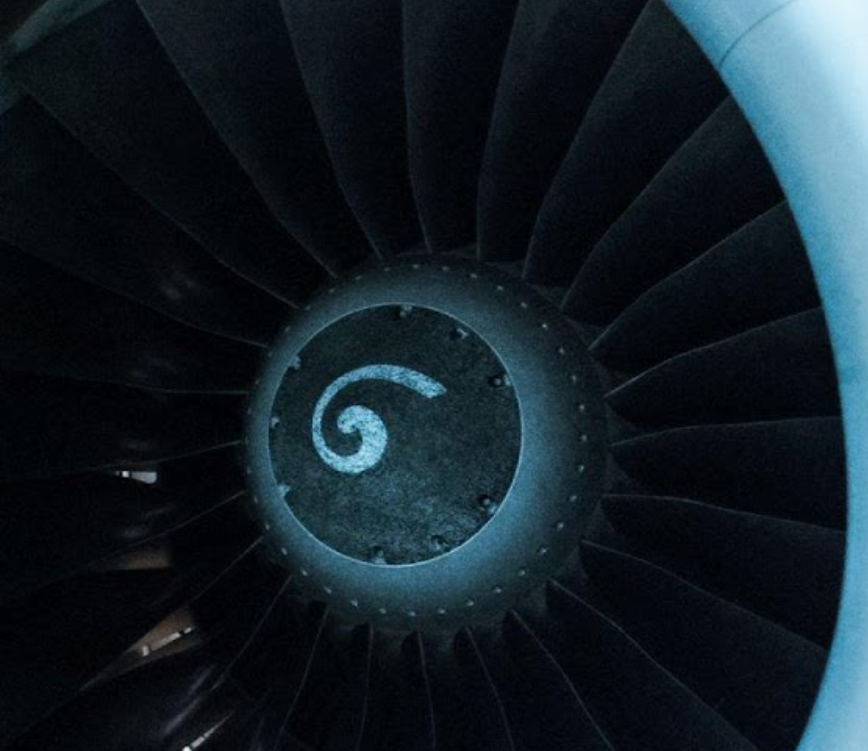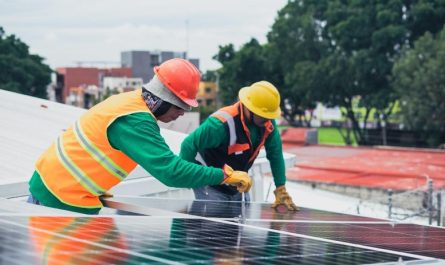All modern aircraft need scheduled maintenance. This ensures safety and cost efficiency. Structural care helps prevent costly repairs and accidents.
What is aircraft structural maintenance? Who performs aircraft structural maintenance? What is done during an aircraft structural maintenance inspection?
We’re glad you asked! Below is a summary of what is involved with aircraft structural maintenance. We will also discuss the function of structural repairs and the basics of airframe and engine maintenance.
Inspection
The body, wings, and engines are parts of an airplane that must be checked for problems during a checkup. The maintenance team will look for signs of damage and hidden issues. They will decide what repairs or replacements you need for the plane to work.
Regular checks are essential for ensuring an airplane’s structure is strong. They are vital for keeping everyone who flies safe. You may check ILM Airport for quality aircraft maintenance and services for proper inspection.
Documentation
To perform any maintenance work, the structure and maintenance history of the plane must be examined. You can find this information in maintenance, repairs, and airworthiness manuals.
The aircraft services team reviews the paperwork to find what you need to fix or replace. They follow rules and instructions to keep the plane strong.
Good documentation is crucial. It helps the maintenance team make safe choices for the aircraft.
Structural Analysis
It is essential also to check the system. Experts will look at essential parts, use tests that don’t damage them, or simulate them on computers to check their power and stress levels.
Repairs and reinforcements keep the plane’s structure strong, ensuring safe trips. Aircraft maintenance technicians must use cutting-edge tools and stick to schedules to ensure safety and speed.
Repairs and Modifications
Repairs and modifications are essential to this maintenance process. Experts need a careful look at the plane’s structure, study it, and make a plan for fixing or changing it.
This plan is then implemented by skilled workers who use special tools and methods to fix the plane’s structure. They will inspect it to ensure it meets all safety and performance standards.
Only then is the plane allowed to start flying again. To ensure the safety and dependability of the aircraft, experts need to perform this process with great accuracy and skill.
Material and Part Replacement
Replacing materials and parts is an integral part of this process. It means changing panels, skins, fasteners, and other components or materials that are broken or worn out.
The first step in this process is to do a full inspection to find any pieces needing replacement. Then, replace the broken materials or parts with new ones according to specific steps and guidelines to ensure they fit and work right. This keeps the plane in great shape and ensures it can handle the stresses of flying.
Quality Assurance
Quality assurance is vital for ensuring the plane is safe and reliable. It uses visual, non-destructive, and structural testing methods to find problems or damage.
The maintenance team must follow quality control throughout the process. They must only use allowed aircraft maintenance equipment. After fixing or replacing the parts, they must test them to ensure they meet the standards.
Only then are they put back on the plane. This careful process ensures that the aircraft is safe to fly and that all the passengers and workers are safe.
Regulatory Compliance
Keeping an airplane structure intact is crucial for safety in the air, but it’s complex and regulated. Aircraft makers and operators must follow the FAA’s rules and guidelines to maintain their planes.
This includes making fixes and changes to meet the FAA’s Airworthiness Standards. It also examines the plane’s structure, including the fuselage, wings, and control surfaces.
The maintenance crew must follow specific steps to fix problems and meet government standards. They must make repairs or changes as necessary. Keeping high standards and ensuring safety is vital for the aviation industry and its passengers and workers.
Safety Checks
Maintenance of an airplane’s structure is essential to the aviation business. It keeps planes safe and working well. The plane goes through several safety checks and inspections to look for structural problems that could make the aircraft less safe.
The inspector looks at the outside and inside of the plane. They use imaging methods like X-rays, ultrasound, and eddy current tests to find hidden damage. Then, skilled techs use special tools and strategies to perform any necessary repairs or replacements.
When the repair is done, the plane is carefully tested and re-certified to make sure it meets all safety requirements before it can start flying again.
Final Documentation
Final paperwork is essential to this process because it records all the work done on the plane. The paperwork includes repair manuals, maintenance logbooks, and engineering reports to keep track of the plane’s maintenance past and ensure compliance with regulations.
This thorough repair and record-keeping process ensures that the plane’s structure stays strong and everyone on board is safe.
Ongoing Monitoring
As part of ongoing monitoring, the aircraft’s structural data is constantly tracked and analyzed to look for patterns or trends that could mean it needs more upkeep. By going through this process, the plane stays in great shape and can do what it should.
Monitoring the plane is essential to find any problems early and stop them from worsening, which keeps the aircraft in great shape for safe and successful trips.
Knowing the Aircraft Structural Maintenance
Aircraft structural maintenance is a complicated job that needs pros with experience and a keen eye for detail. Every step, from regular checks to fixes and replacements, is crucial for keeping an airplane safe and running well.
The process of aircraft structural maintenance involves thorough inspections, repairs, and replacements of various components. It requires skilled technicians and adherence to strict regulations.
If you want to learn more about this process, consider exploring educational programs and job opportunities in the aviation industry.
If you enjoyed this article, make sure that you explore our website to find more articles like this one.



